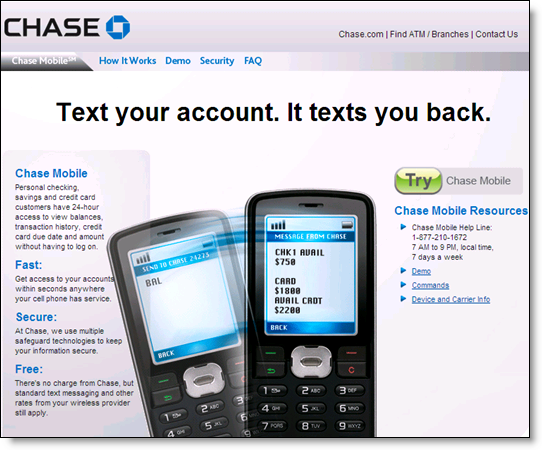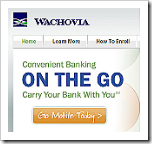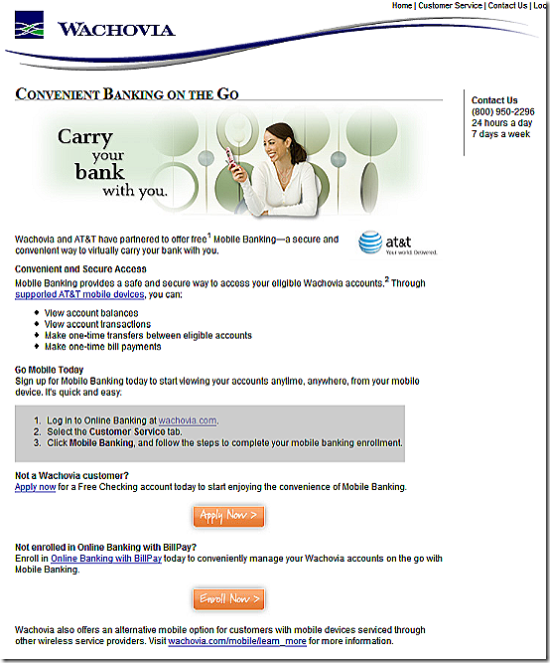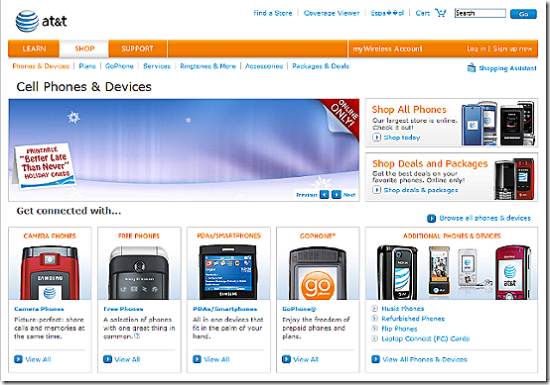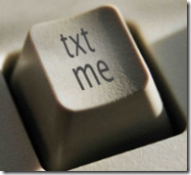 Kiwibank has one of the most eye-catching homepage designs in the world.  Who can resist a lime green Smart Car with four monstrous speakers strapped to the roof?
Kiwibank has one of the most eye-catching homepage designs in the world.  Who can resist a lime green Smart Car with four monstrous speakers strapped to the roof?
As I was obsessing about iPhone apps this week (see note 1), I ran across Kiwibank’s landing page for iPhone banking (see second screenshot below). Now that the iPhone has gone global, we’ll see if more banks leverage the iPhone hype, something that didn’t really happen in the United States so much. According to CNet Australia, ANZ is building an iPhone-specific interface, but a search of the ANZ website found nothing.
Kiwibank’s homepage iPhone promo, one of three rotating in the lower right, leads to the not-so-exciting landing page. Still, when you are riding the hype, you don’t necessarily have to put that much effort into your own work (see note 2), just grab ahold of Apple’s coattails and hang on tight.
Kiwibank homepage featuring iPhone promo (11 July 2008)
Kiwi Bank iPhone banking landing page (11 July 2008)
Notes:
1. Yesterday, I promised it was my last iPhone post for a while, but I couldn’t resist one more. Consider it a Saturday bonus post.
2. Case-in-point, the BofA non-app app being dissed by the vast majority of early-early-adopter reviewers at the Apple App Store (see yesterday’s post).









   
     
         Postbank 
       Postbank 
           Yodlee 
          Yodlee  

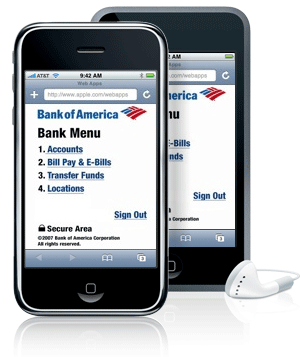 In its latest quarterly financial results (
In its latest quarterly financial results (